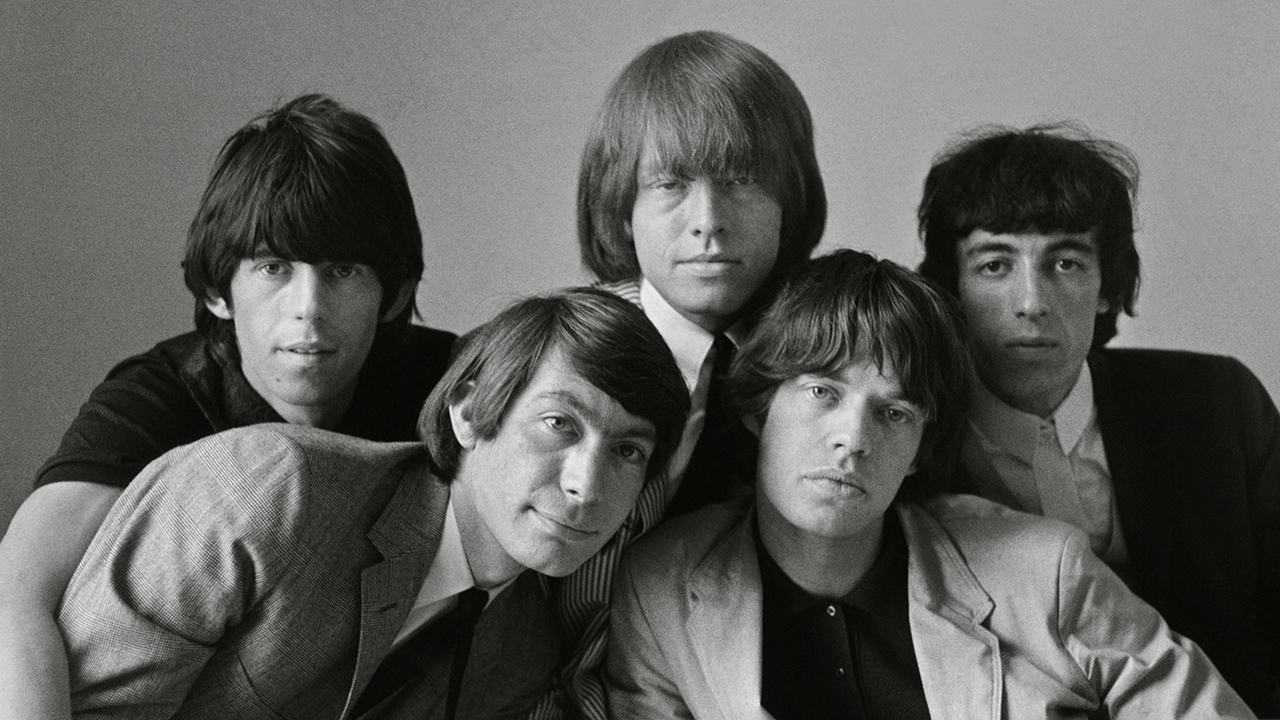In January 1966, Rolling Stones manager Andrew Loog Oldham announced the title of their next album: Could You Walk On Water? Decca Records, the Stones’ paymasters, were disgusted.
They could tolerate the Stones’ long hair and antisocial behaviour – just. But poking fun at Christianity and Jesus’s miracles/party tricks was a bridge too far.
The Stones had to back down. When the album appeared in April, it had the less inflammatory title, Aftermath.
The sentiment, however, remained. Aftermath and the single Paint It Black (first released as _Paint It, Black _due to an error) is the Rolling Stones spitting venom at everyone and everything. Mick Jagger turned 23 in 1966. But these songs about depression and feckless ex-girlfriends suggested the work of cynical middle-aged men. How did the Stones become so bitter?
There’s a case to be made for Aftermath as the first autobiographical rock album. It was the Stones’ fourth studio release but the first comprised solely of Jagger/Richards compositions, most of which offered a brutally candid glimpse of the world they now inhabited.
Work on Aftermath began in December ’65 at Hollywood’s RCA Studios, 48 hours after another back-breaking US tour. This, then, was the sound of grotty tour buses, grottier motels and piss-stained dressing rooms; a daily grind only alleviated by pills, booze and faceless knee-tremblers. The band were also splitting into two camps. As Jagger and guitarist Richards’s songwriting partnership flourished, founder/guitarist Brian Jones became sidelined.
The tension was palpable in the studio. In one corner was the purist Jones, desperate to maintain the Stones’ blues credibility; in another, Jagger and Richards, determined for them to become a fully fledged rock’n’roll band.
When the Stones landed another hit with 19th Nervous Breakdown in February ’66, the pendulum swung firmly in Mick and Keith’s favour. What Aftermath and Paint It Black (included on the US version of the album) shared with 19th Nervous Breakdown was a collectively nasty, uptight Englishness.
Aftermath is a new kind of ‘blues’ refracted through the Stones’ jaundiced world view. On Paint It Black they want to quash any light, colour or happiness. On Under My Thumb, High And Dry and Stupid Girl, every woman (including supposedly Jagger’s ex Chrissie Shrimpton) is either irredeemably foolish, not to be trusted or both. Aftermath’s misogyny is staggering. Although, on reflection, it also suggests silly young men, thousands of miles from home, missing their mums and a nice cuppa.
Furthermore, despite Aftermath’s cold nihilism there was still the dainty ballad Lady Jane, and Brian Jones’s instrumental flair to sweeten the pill. The drug-addled Jones might have been on the way out, but his use of dulcimer, marimba and (on Paint It Black) a sitar suggests his musical faculties were still intact.
The Stones broke new ground with Aftermath. This was X-rated pop designed to upset everyone, but with a musical nous that established its creators as true rivals to The Beatles. A UK No.1 and a US No.2, it proved the Stones’ worth better than anything before. By the end of 1966, many would believe the Stones really could walk on water.

